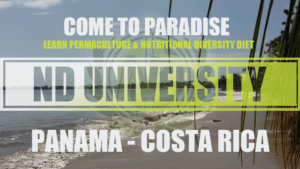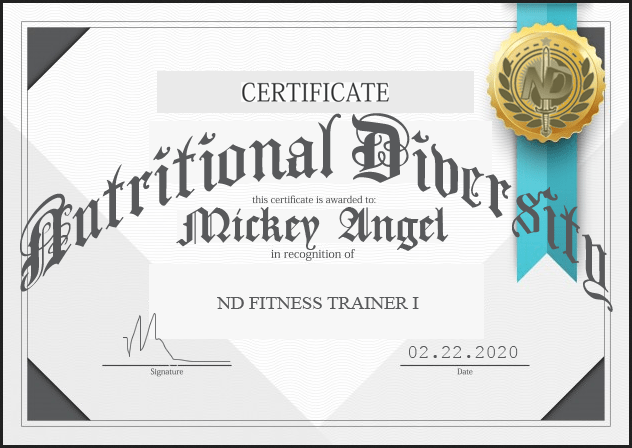Abstract
“Web3” The Tree Planting NFT, a Real Economy from the Ground Up.
Introducing a tree-planting digital currency that rewards individuals and organizations for planting and caring for trees has immense potential, both environmentally and economically. Here’s why you should be excited about it: Combat Climate Change: Trees are one of the most effective tools in combating climate change. They absorb carbon dioxide from the atmosphere, providing a…
-
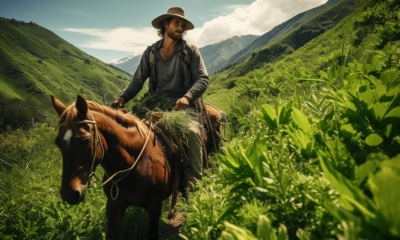
 Agriculture2 years ago
Agriculture2 years agoWhy Small Alternative Tropical Agriculture is the Best Investment Today
-

 Special Elements5 years ago
Special Elements5 years agoBest Garlic Vine Rankings, Benefits, Side Effects & Experience
-

 Special Elements3 years ago
Special Elements3 years agoBest Pre-Workout Supplement Rankings, Benefits, Side Effects & Experience
-
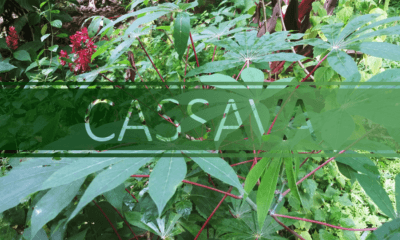
 Special Elements3 years ago
Special Elements3 years agoBest Cassava Manioc, Rankings, Benefits, Cancer Cure & Experience
-
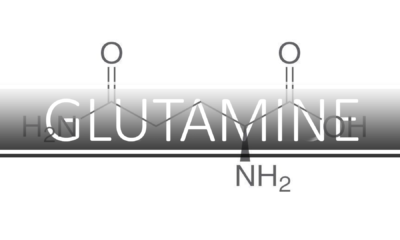
 Special Elements3 years ago
Special Elements3 years agoBest Glutamine Rankings, Benefits, Side Effects & Experience
-
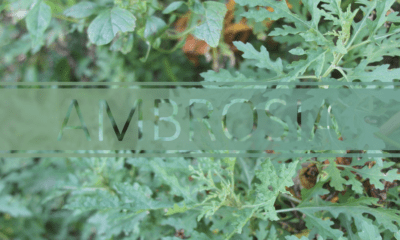
 Special Elements5 years ago
Special Elements5 years agoBest Ambrosia, Wormwood Rankings, Benefits, Side Effects & Experience
-
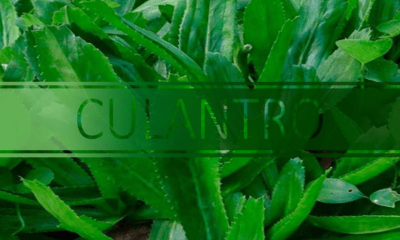
 Special Elements5 years ago
Special Elements5 years agoBest Culantro Rankings, Benefits, Side Effects & Experience
-
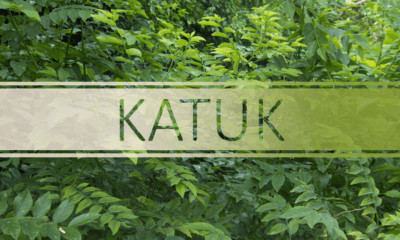
 Special Elements3 years ago
Special Elements3 years agoBest Katuk Rankings, Benefits, Side Effects & Experience


